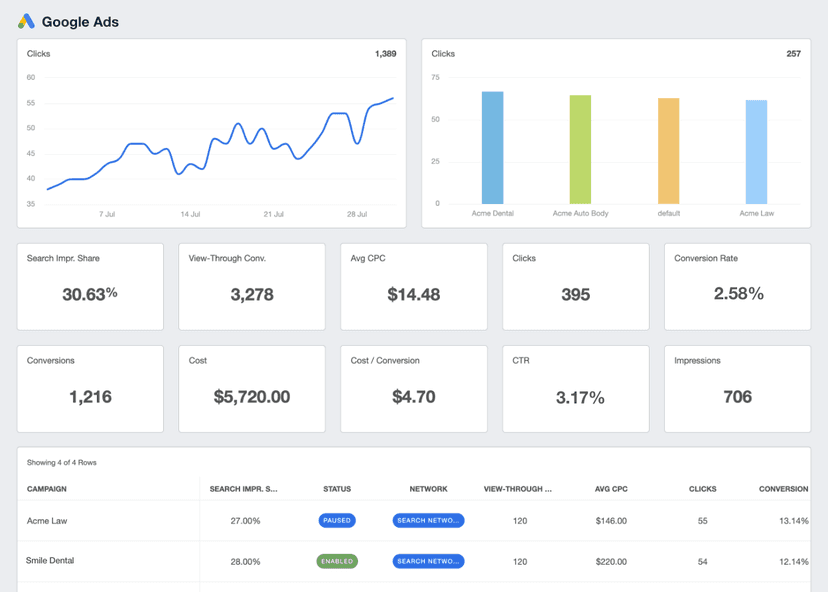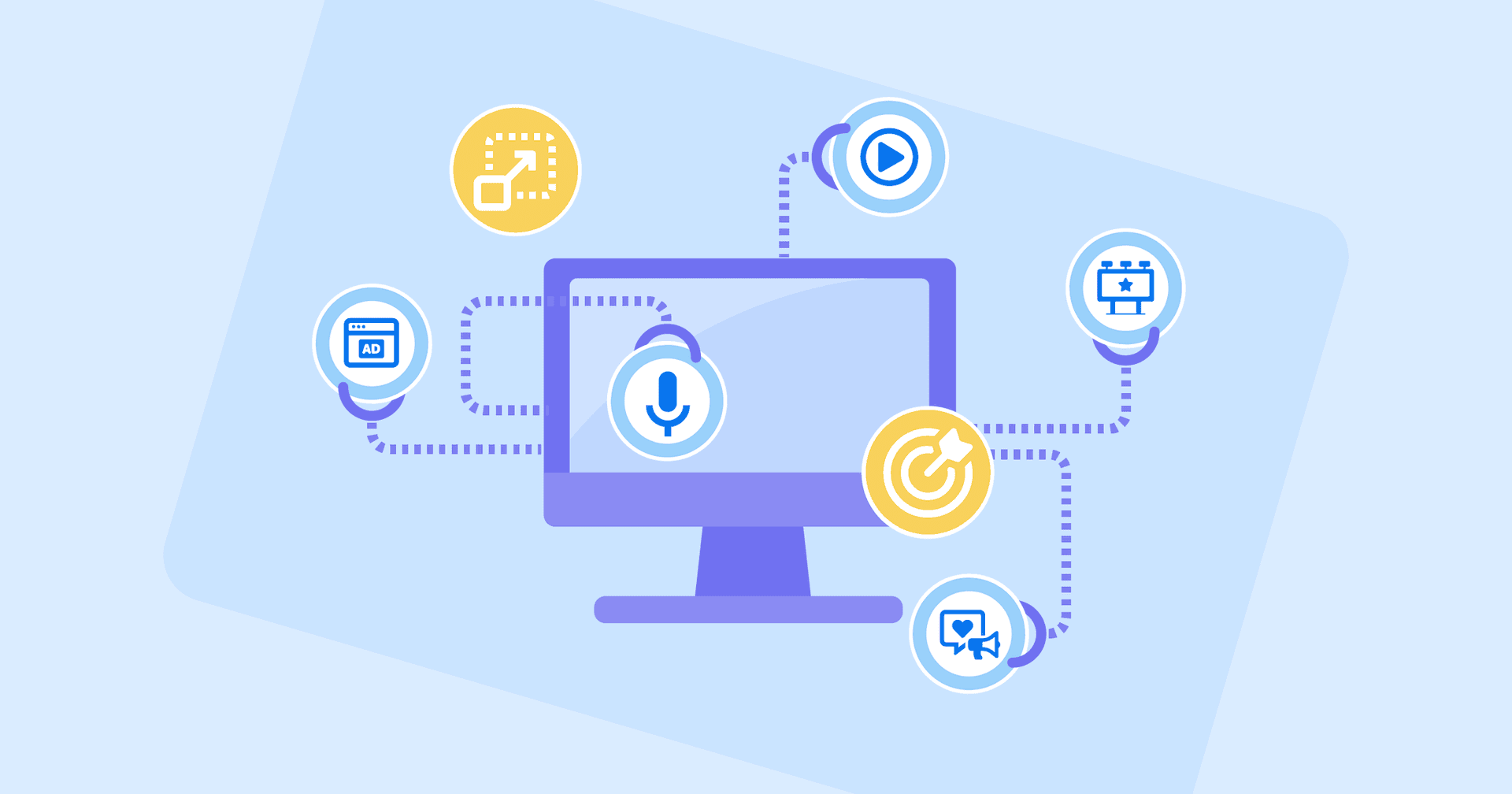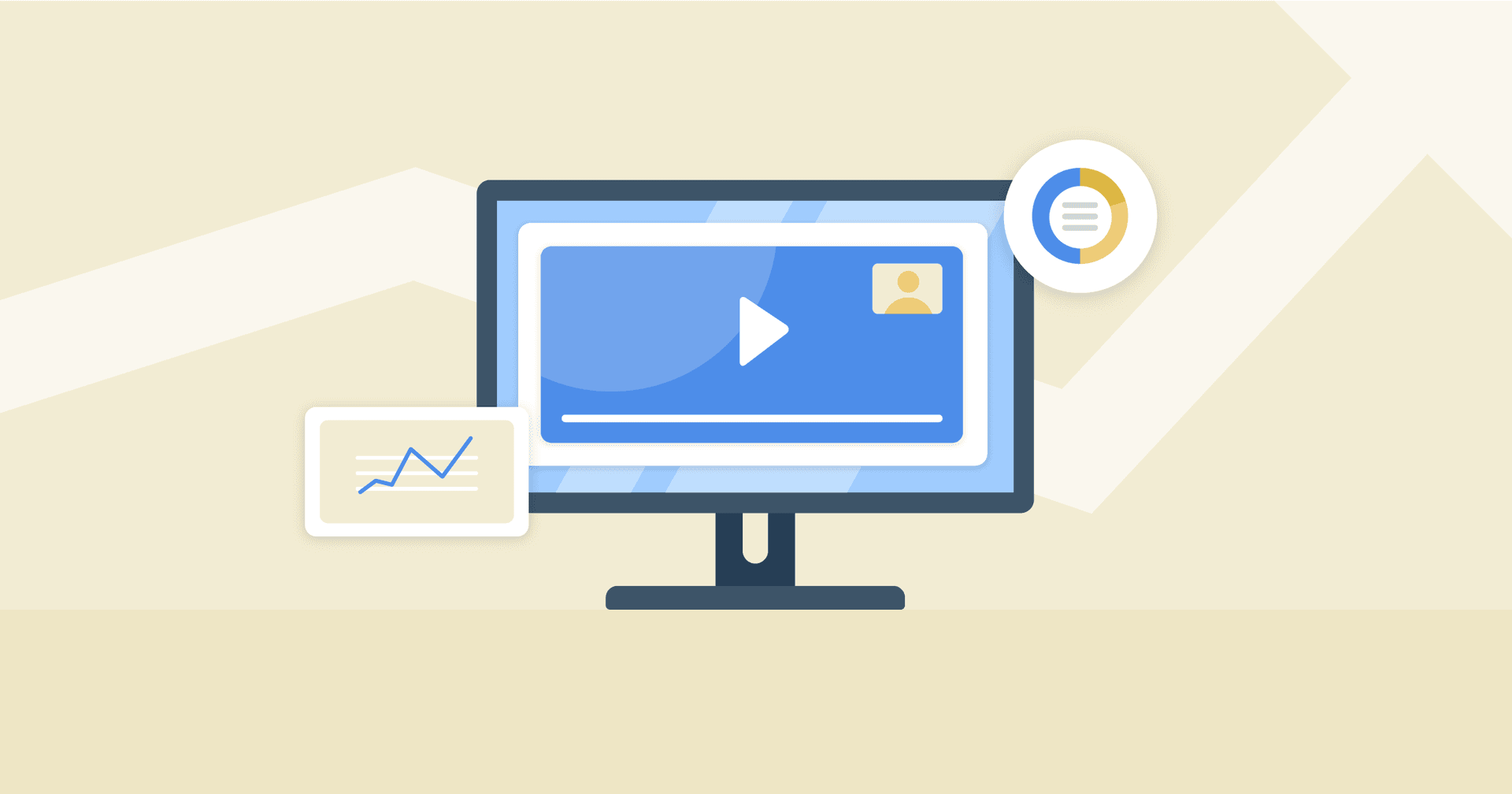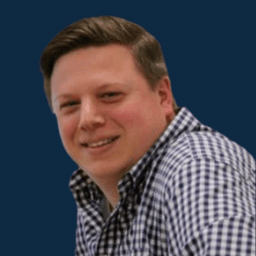Cost Per View (CPV)
Assess Engagement
CPV offers insights into how well the video resonates with the audience.
Expand Reach
A lower CPV aids in extending awareness campaigns to a larger pool of people.
Spot Issues
An uptick in CPV is a red flag calling for immediate changes in the campaign.
Client Reports
Low CPV metrics highlight the effective use of budget in reports and dashboards.
Why Cost Per View Is Important
Cost per View serves as a precise measure of the financial efficiency of any video advertising campaign, including Facebook Ads, YouTube TrueView video ads, programmatic ads, and more.
When budgets are constrained, knowing the Cost per View offers a direct metric for evaluating how well advertising spend translates into actual views.
Furthermore, a low Cost per View often indicates more than just cost-effectiveness; it points to the video's relevance and appeal to the target audience.
Stop Wasting Time on Manual Reports... Get PPC Insights Faster With AgencyAnalytics
How CPV Interacts with Other KPIs
CPV frequently operates in concert with Total Video Views, Click-through Rate (CTR), and Conversion Rate. A campaign with a low CPV but a high CTR often means that the video content captures attention cost-effectively and persuades viewers to take the next step.
Because the max CPV bid directly impacts ad rank, consider CPV alongside Return on Advertising Spend (ROAS) or Customer Lifetime Value (CLV). These advertising metrics provide a more holistic view of campaign performance and maximize the use of an advertising budget. For example, if a video ad doesn't contribute to a satisfactory ROAS, then the maximum CPV bid should likely be reduced.
Video is the ultimate first impression for a product, brand, or concept! You can share more information more effectively and creatively, driving significantly more engagement than any text or static visual.
How To Calculate CPV
Understanding CPV helps determine whether the investment in a particular video ad is justified by the audience engagement it generates. To calculate Cost per View, take the total cost of the video advertisement and divide it by the total number of views it receives.
CPV Formula Example
What Is a Good CPV?
A good average CPV for video ads typically ranges between $0.10 and $0.50 for most industries. At this level, the video advertisement is not only reaching a broad audience but doing so cost-effectively.
What Is a Bad CPV?
CPV figures above $0.60 for video ad campaigns are generally considered high, suggesting that the ad is not resonating with the target audience or that ad placement needs refinement to improve efficiency.
How To Set CPV Benchmarks & Goals
Because industry or platform CPV calculator averages can be misleading, agencies often rely on past video campaigns to set future CPV benchmarks. By examining historical data across multiple campaigns or clients, they better predict a realistic Cost per View for similar campaigns.
Digging Deeper into CLV Data
To dig out more granular insights into Cost per View performance, consider segmenting data by viewer demographics, device types, or time of day. This allows for tailored adjustments to specific campaign elements.
Why CPV Matters to Clients
Cost per View offers a transparent way to track the effectiveness of a video advertising campaign by placing a value on each time users watch an ad. Clients are particularly interested in CPV because it tells them how much bang they get for their advertising buck and the maximum amount they are willing to pay for a view of a video ad.
A low CPV translates to how much less the advertisers pay to reach a broader audience. This is especially compelling when comparing Cost per View with other forms of advertising, like Cost per Thousand (CPM), where costs can escalate quickly without achieving the same level of engagement. CPV provides a straightforward way to link budget spend directly to the number of views, making it easier to evaluate the ROI of the campaign.
Why CPV Matters to Agencies
Agencies see CPV as a dynamic tool for campaign and video ad optimization. They use CPV to tailor targeting options according to the specific objectives of the campaign to reach engaged viewers in the most cost-effective way possible.
For example, if the goal is to raise brand awareness, agencies focus on lowering Cost per View on in-stream ads to reach broader audiences. On the other hand, if the goal is lead generation, agencies may be willing to accept a higher max CPV bid on a particular video ad if it means reaching a more qualified audience.
Save Time and Money By Automating Your Client Reporting
Cost per View Analysis & Reporting Best Practices
Analyzing CPV helps sharpen the focus and efficiency of a video ad campaign. This deeper understanding equips advertisers to tweak various components for better results.
CPV Over Time
Examining CPV over a specific time frame allows for an accurate evaluation of online advertising performance and to understand how seasonal trends or particular events influence Cost per View.
CPV by Channel
Evaluating CPV across different platforms or channels. From YouTube Ads to Facebook Ads to StackAdapt, each channel may offer a different pricing model–as well as unique targeting options–which impact the CPV averages.
CPV by Campaign
With CPV advertising, not all campaigns are created equal. Comparing Cost per View across various campaigns helps identify which strategies are more cost-effective than others, especially when measured against other pricing models like Cost per Impression.
CPV Audience Insights
CPV marketing data also varies across audience segments. Identifying which demographics, geographics, or interest groups respond better to ads helps advertisers refine targeting, potentially lowering Cost per View and elevating engagement.
Put CPV in Context
When a video ad campaign is in play, it's vital to contextualize Cost per View with other performance indicators. Say a user watches an in-stream ad; what actions do they take afterward? Just like other forms of online advertising, a completed view should be a gateway to further engagement.
Visualize CPV Performance
Graphics and charts show how well a video ad or series of CPV ads are performing. These visuals illustrate trends over time or how Cost per View varies when a user views content across different platforms. This makes it easier for clients to grasp the impact of their ad spend.
FAQs About Cost Per View (CPV) in Video Advertising
CPV is a key pricing model and performance metric for video ads. These FAQs explain what CPV means, how to calculate it, and what agencies need to know to optimize campaigns for high-quality video views.
Cost Per View (CPV) is a pricing model where advertisers pay each time a video ad is viewed. CPV ads are most common on platforms like YouTube, where views are counted when a user watches 30 seconds of a video (or the entire ad if shorter) or interacts with it through clicks on relevant tags or additional links.
CPV stands for Cost Per View, while CPM stands for Cost Per Thousand Impressions. With CPV ads, agencies pay only when a viewer actively watches a video or engages with it, making it better suited for interesting videos with high engagement potential. CPM charges based on impressions, regardless of whether a video was actually viewed.
CPV bidding ensures agencies only pay when users actively view or engage with a video ad, making it cost-efficient compared to impression-based models. It helps agencies control CPV costs, optimize maximum CPV bids, and focus spend on high-quality videos that generate meaningful engagement. This approach is especially valuable when promoting interesting videos that drive product or brand awareness.
The disadvantage of CPV bidding is that it can lead to optimizing for cheaper views rather than desired business outcomes. For example, agencies may achieve low CPV costs but fail to convert those views into clicks, leads, or sales. CPV also excludes other metrics like watch time, conversions, or overall revenue impact, meaning agencies should evaluate CPV alongside other advertising metrics for a complete picture.
To calculate CPV, divide the total cost of a video ad campaign by the total number of video views. The formula is:
CPV = Cost ÷ Views
Agencies may also use a CPV calculator to quickly compare performance across multiple campaigns and ensure max CPV bids stay within budget.
The maximum CPV bid is the highest amount an agency is willing to pay per view. Setting the right max CPV bid influences ad rank, placement in YouTube search results, and overall CPV cost. A competitive bid strategy balances efficient spend with gaining visibility for high-quality, compelling video content.
Facebook Ads Dashboard Example
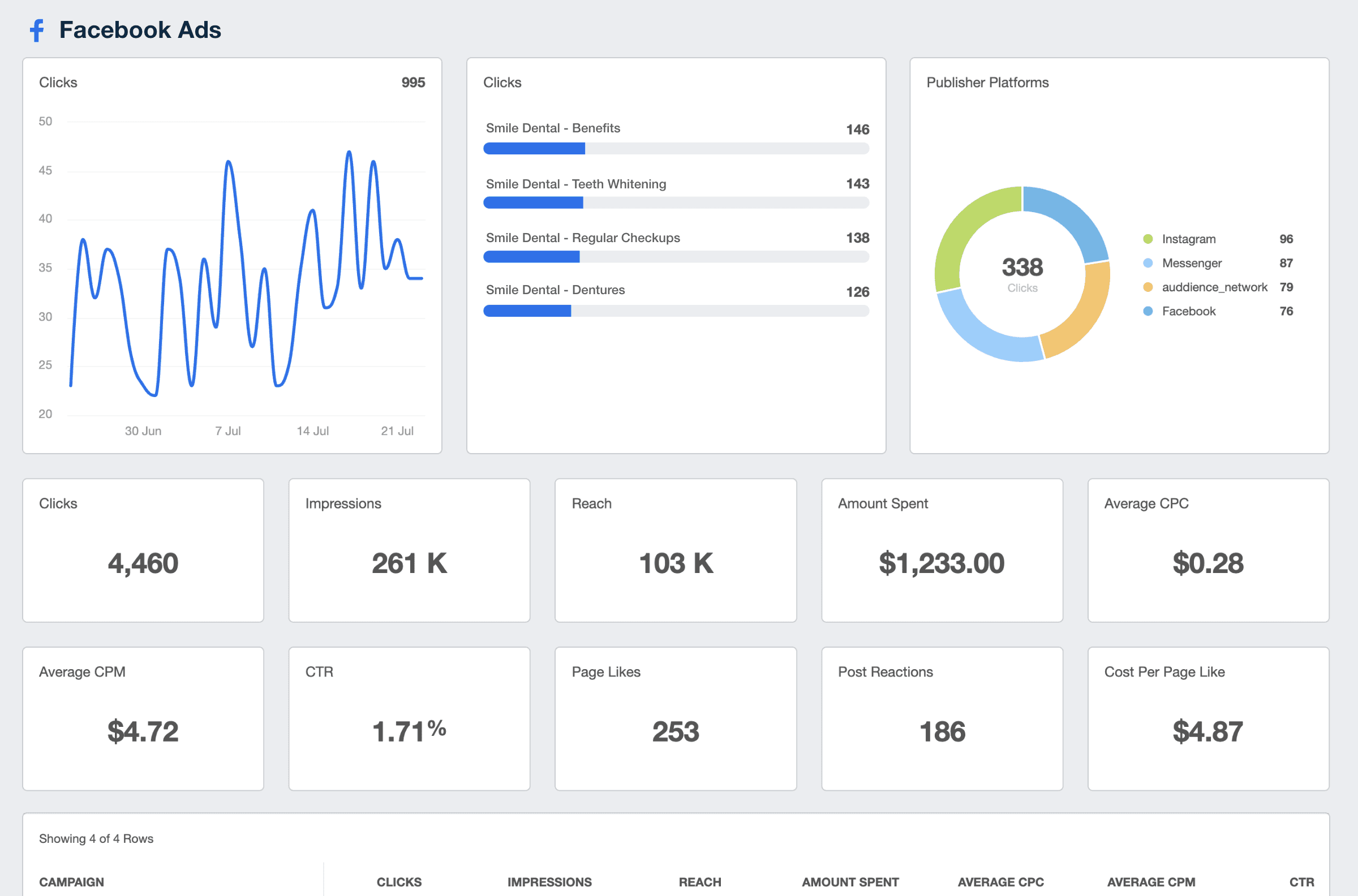
Related Integrations
How To Improve Cost Per View
Improving Cost per View isn't just about cutting costs but maximizing impact. Here are some actionable tips to lower CPV and enhance the efficiency and reach of video campaigns.
Refine Targeting
Pinpoint the audience more effectively. Utilize demographic data, dayparting, and audience interests to reduce wasted views and thus lower the CPV.
Test Creative Elements
Don't settle for the first video. A/B test variations in visuals and messaging to discover what really captivates the audience and encourages more cost-effective views.
Check Ad Placements
Not all ad locations are created equal. Evaluate where ads are displayed and cut out the less effective placements to improve CPV.
Related Blog Posts
See how 7,000+ marketing agencies help clients win
Free 14-day trial. No credit card required.






